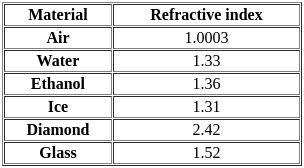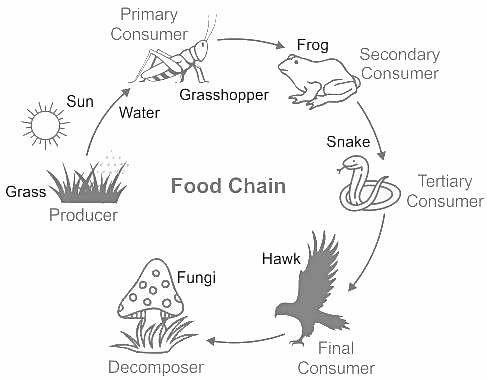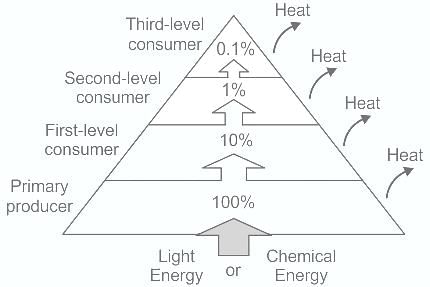MPTET Varg 2 Science Mock Test - 4 - MPTET MCQ
30 Questions MCQ Test - MPTET Varg 2 Science Mock Test - 4
Assertion (A) - Gender plays an important role in achievement in science.
Reason (R) - The information processing strategies are different for girls and boys
Which of the following is correct?
Correct statement for the given reaction
Cr2O72-(aq) + SO32-(aq) → Cr3 + (aq) + SO42-(aq) is
Vikas brought some baking soda, mixed it in water and added few drops of phenolphthalein to it. The expected change in colour of solution is _________
Which among the following is the correct arrangement?
Galvanization is the process of coating which metal with zinc?
An anion X with mass number equal to 37 has one unit of negative charge. If the anion
contains 11. 2% more neutrons than electrons, then what is the symbol of the anion?
When a positive charge is moved towards another positive charge, the work done is
The antibiotics have no effect on viruses because
Which of the following is NOT a characteristic of a Competency-Based Approach?
A) The students are practicing the multiplication table chart.
B) Individual students are learning at their own pace.
C) They are taking peer assistance in the group.
Assertion (A) and Reason (R) are given below:
Assertion: A shadow is formed when light falls on an opaque object.
Reason: Blackboard is an example of an opaque object.
Which of the following is a Monotrichous bacteria
Which among the following statements is correctly stated in context of science and technology?
The speed of light in vacuum = 3 × 108 ms-1 and refractive index of water = 4/3. The speed of light in water is
Which of the following constitutes a food chain?
Dry ice is used on a performing stage to produce mist in air. The process involved is an example of


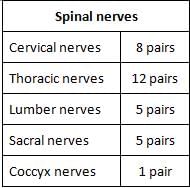
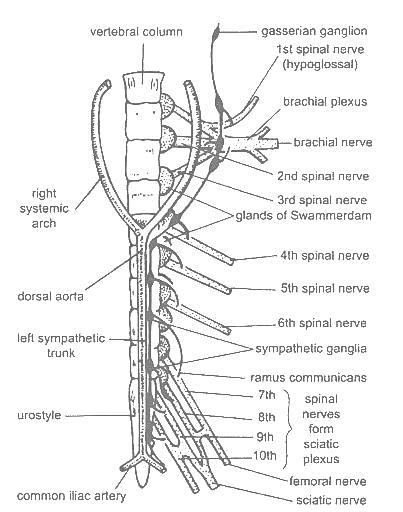


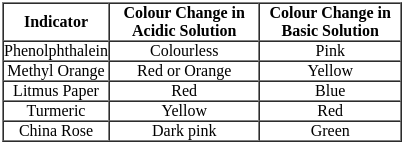
 , the oxidizing agent is MnO
, the oxidizing agent is MnO , the oxidizing agent is O
, the oxidizing agent is O





 the product 'A' is
the product 'A' is
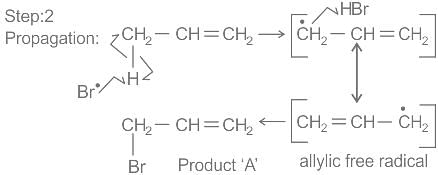



 product does not take place because it would require a less stable radical intermediate.
product does not take place because it would require a less stable radical intermediate.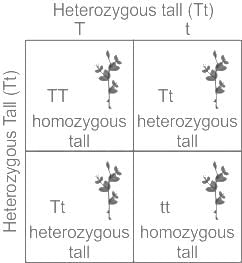
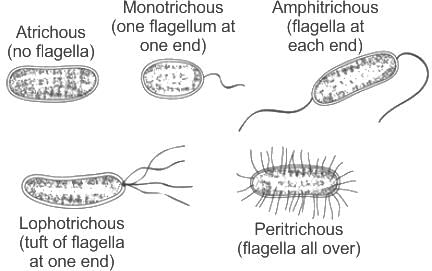
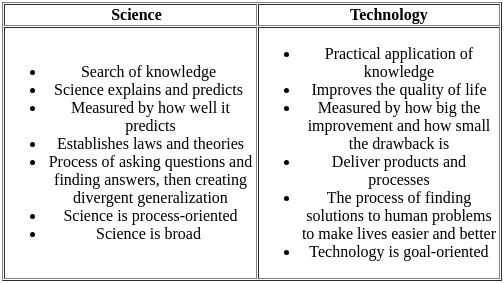




 where n is the refractive index, c is the velocity of light in a vacuum ( 3 × 108 m/s), v is the velocity of light in a medium.
where n is the refractive index, c is the velocity of light in a vacuum ( 3 × 108 m/s), v is the velocity of light in a medium.